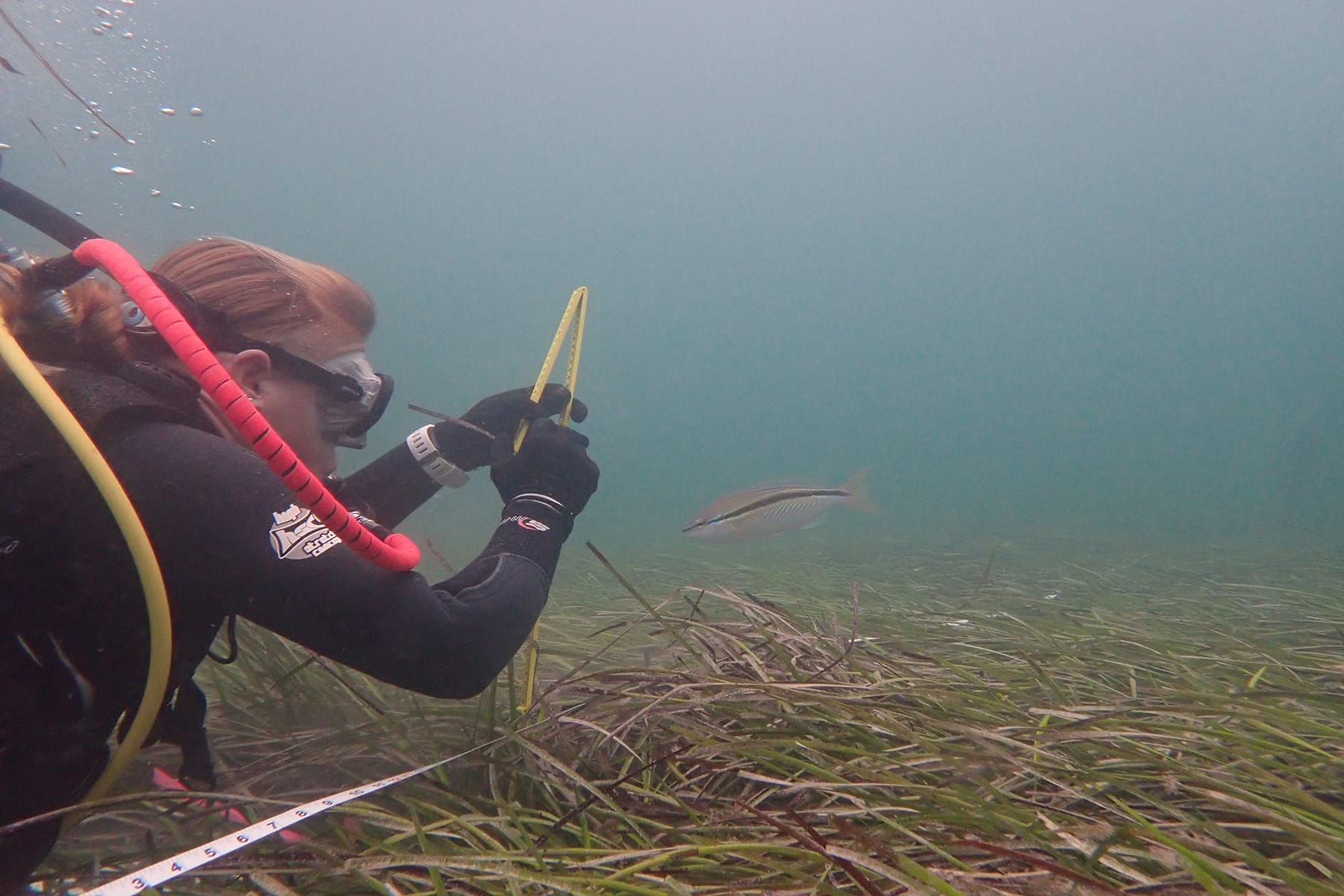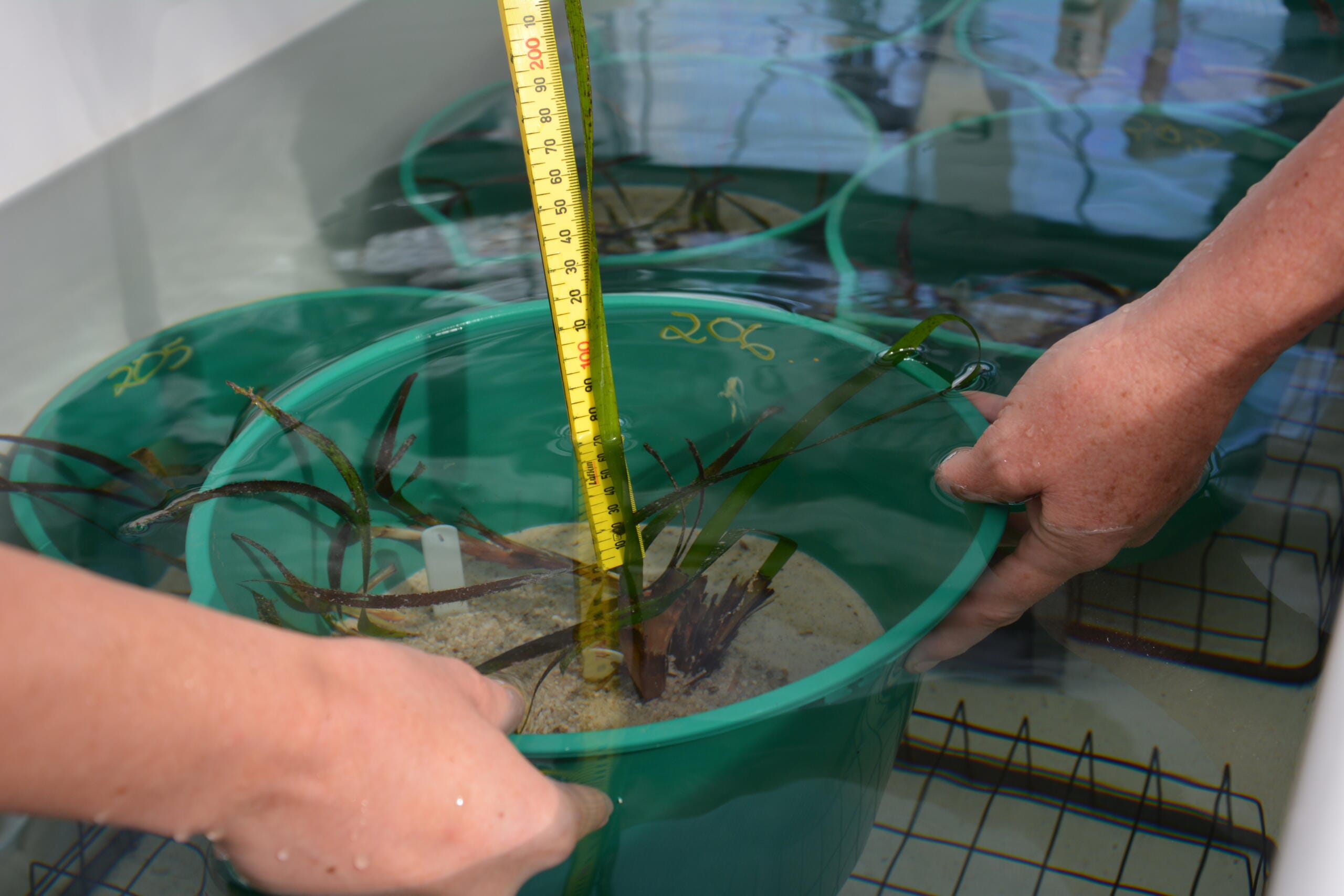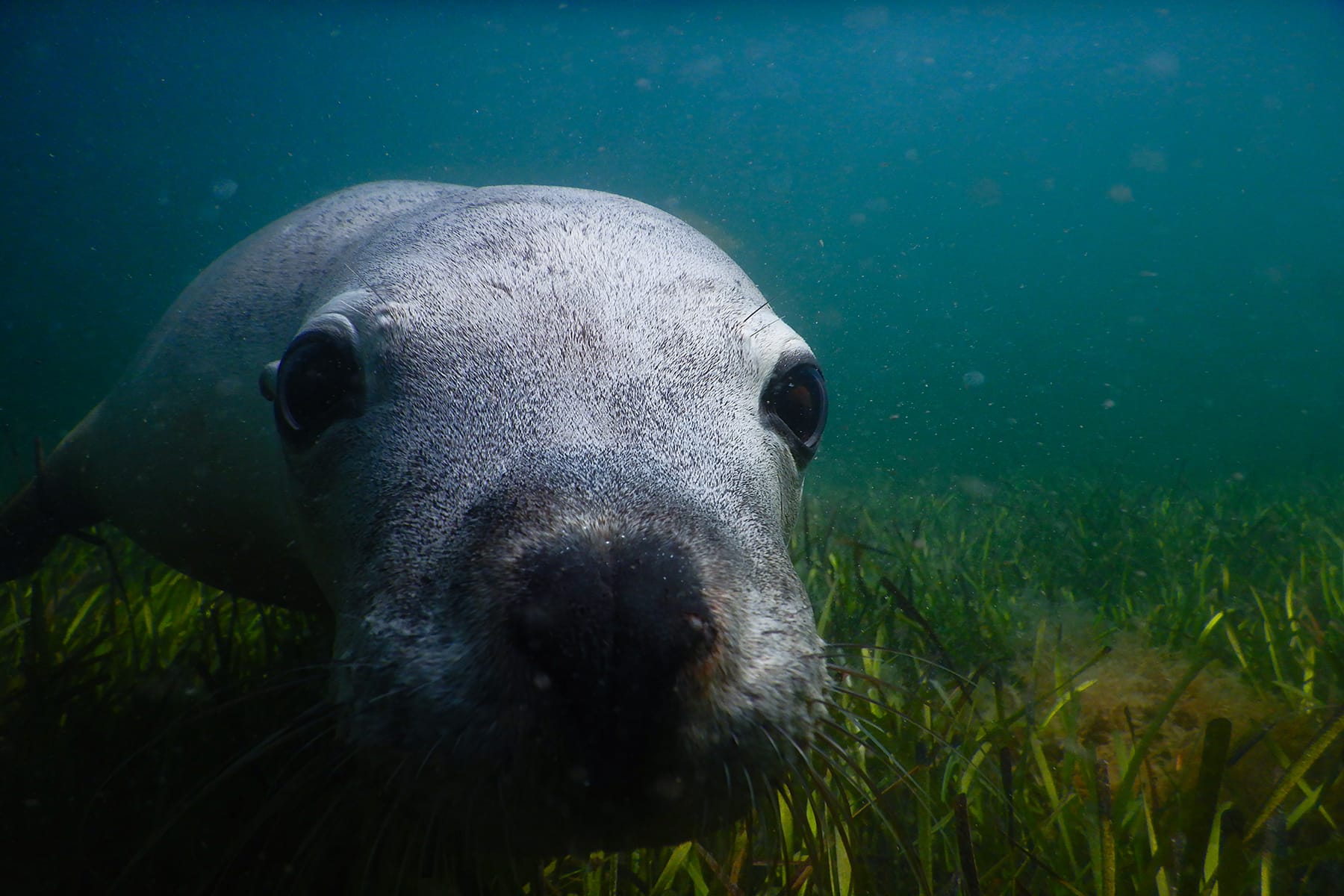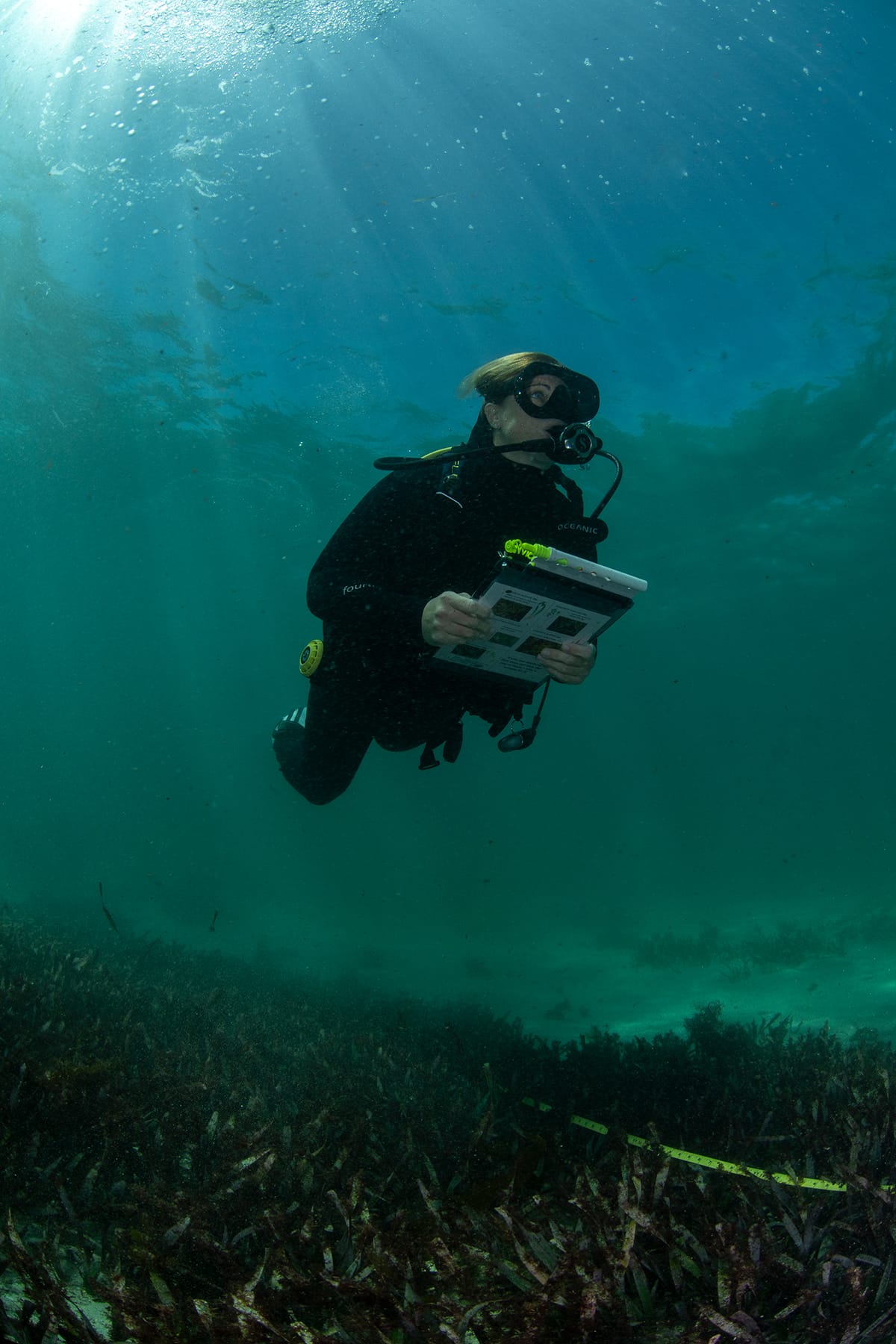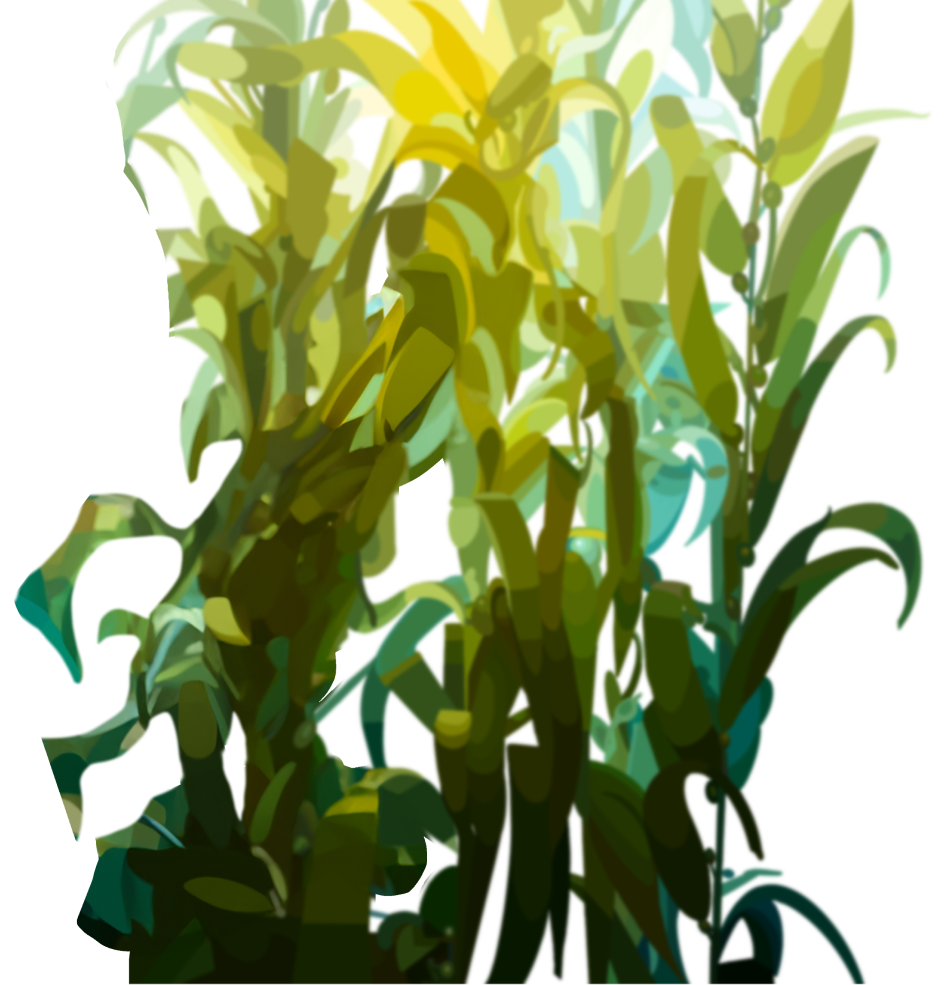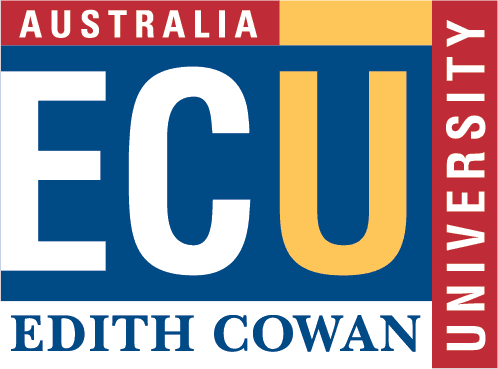
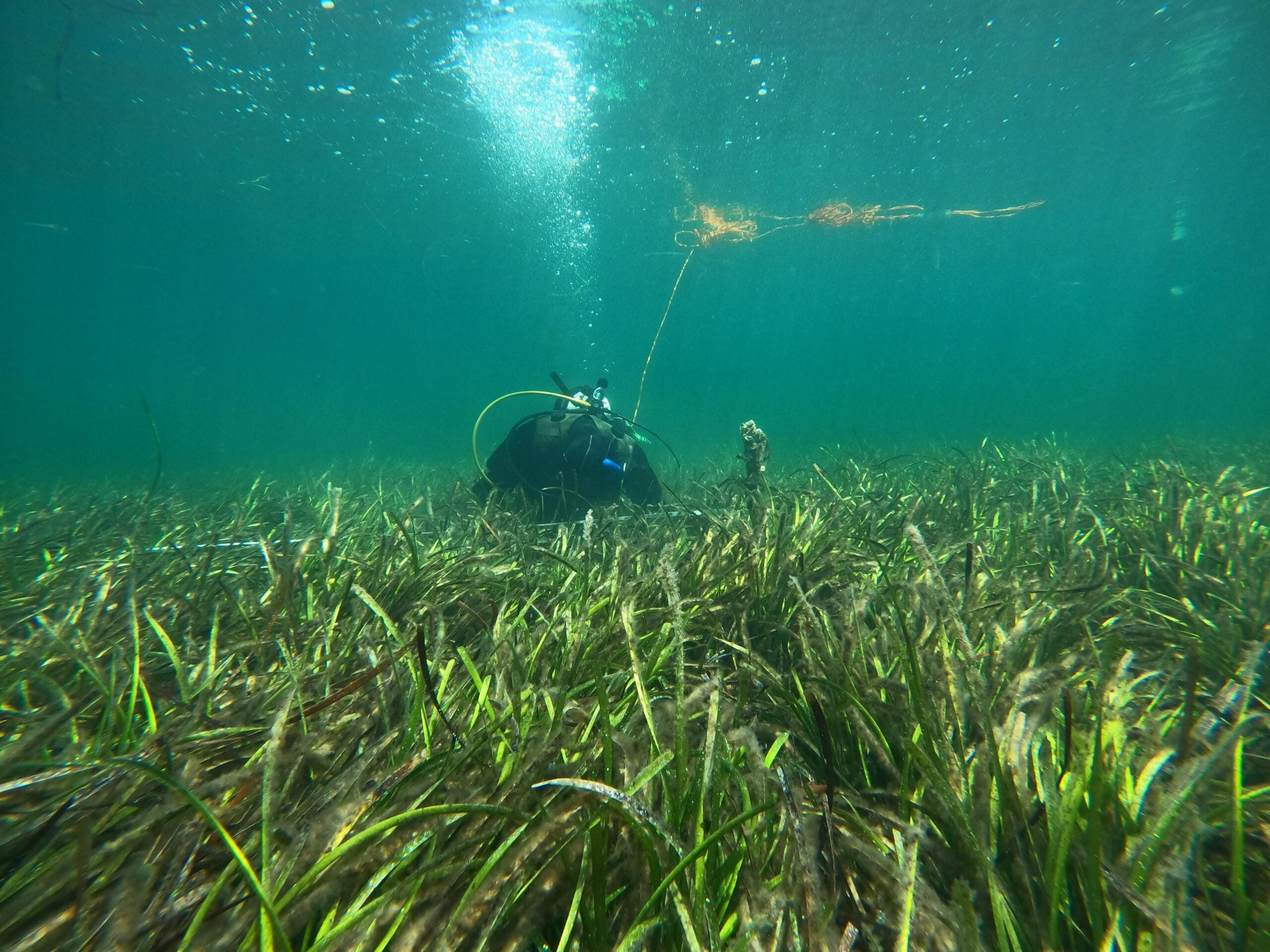
2. Benthic Habitats and Communities
About the theme
This theme is improving understanding of temperate benthic communities and processes, with a focus on seagrass, macroalgae and macroinvertebrates within Cockburn Sound, Owen Anchorage and Gage Roads.
There are two key components:
- Address knowledge gaps for these benthic habitats to improve environmental impact assessment and management.
- Test innovative restoration and rehabilitation methods for seagrass meadows with the aim of improving ecosystem resilience in the Sound, and to investigate how seagrass may be strengthened to better cope with climate change.
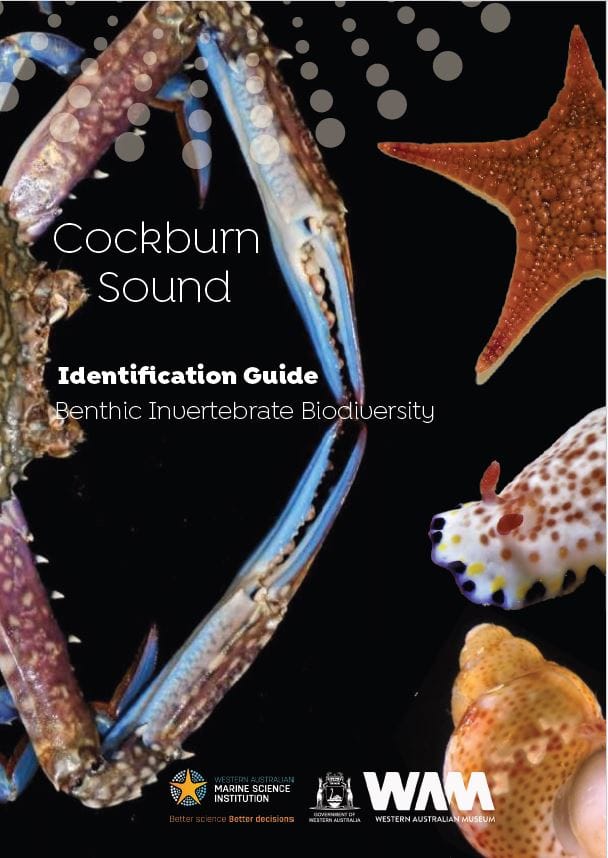
Cockburn Sound Benthic Biodiversity ID Guide
The Cockburn Sound Benthic Biodiversity Identification Guide took two years to develop and is a culmination of extensive research and fieldwork conducted by a team of taxonomists and marine biologists from the Western Australian Museum, Curtin University, Murdoch University and Edith Cowan University through the WAMSI Westport Marine Science Program.
It features 250 images of benthic marine species including sponges, hard corals, crustaceans, sea squirts, sea stars and other bottom-dwelling creatures, and is the first resource that illustrates what lives in the area, making it a useful tool for scientists, snorkelers, marine enthusiasts, and conservationists alike.
Reports
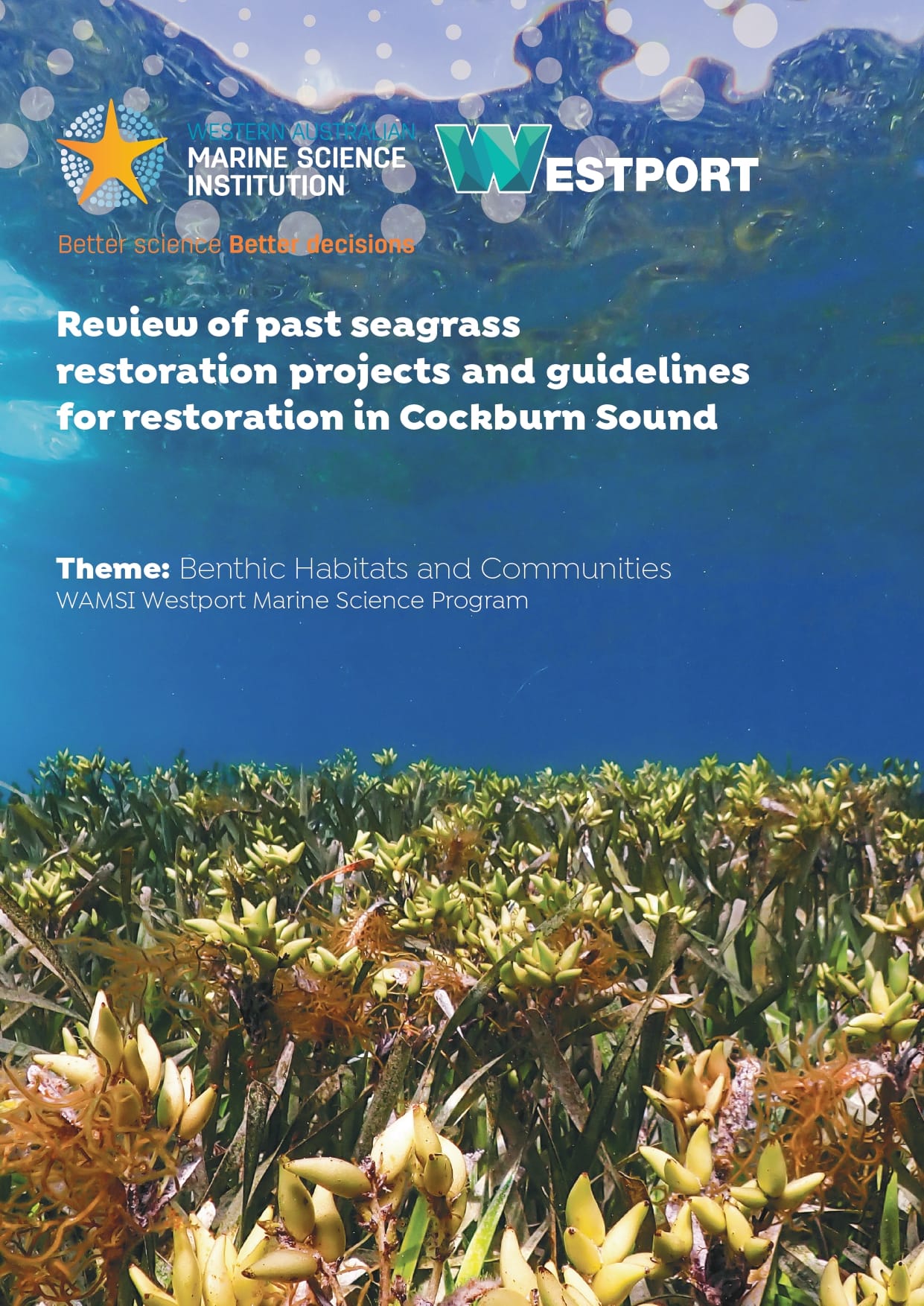
Review of past seagrass restoration projects and guidelines for restoration in Cockburn Sound
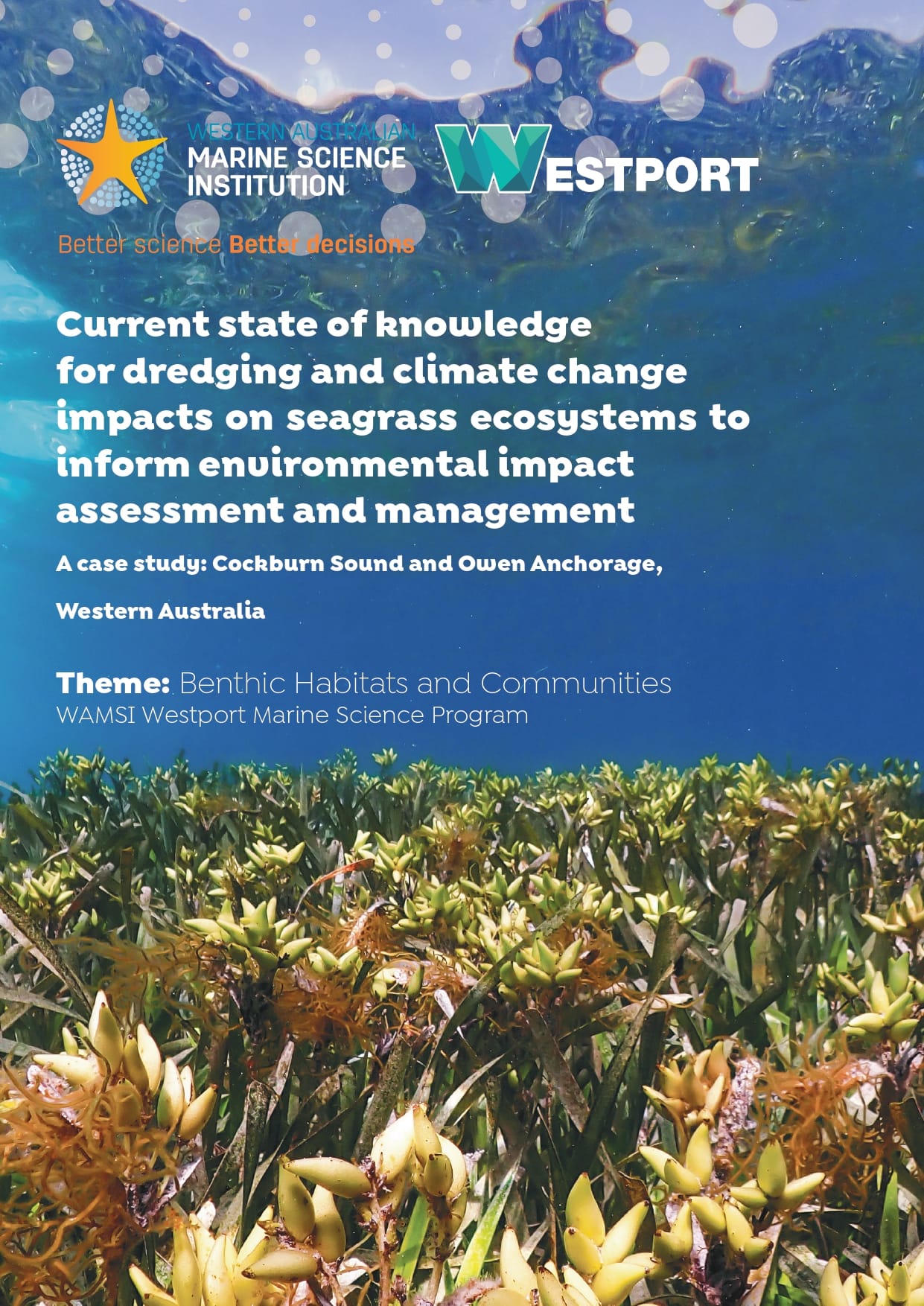
Current state of knowledge for dredging and climate change impacts on seagrass ecosystems to inform environmental impact assessment and management
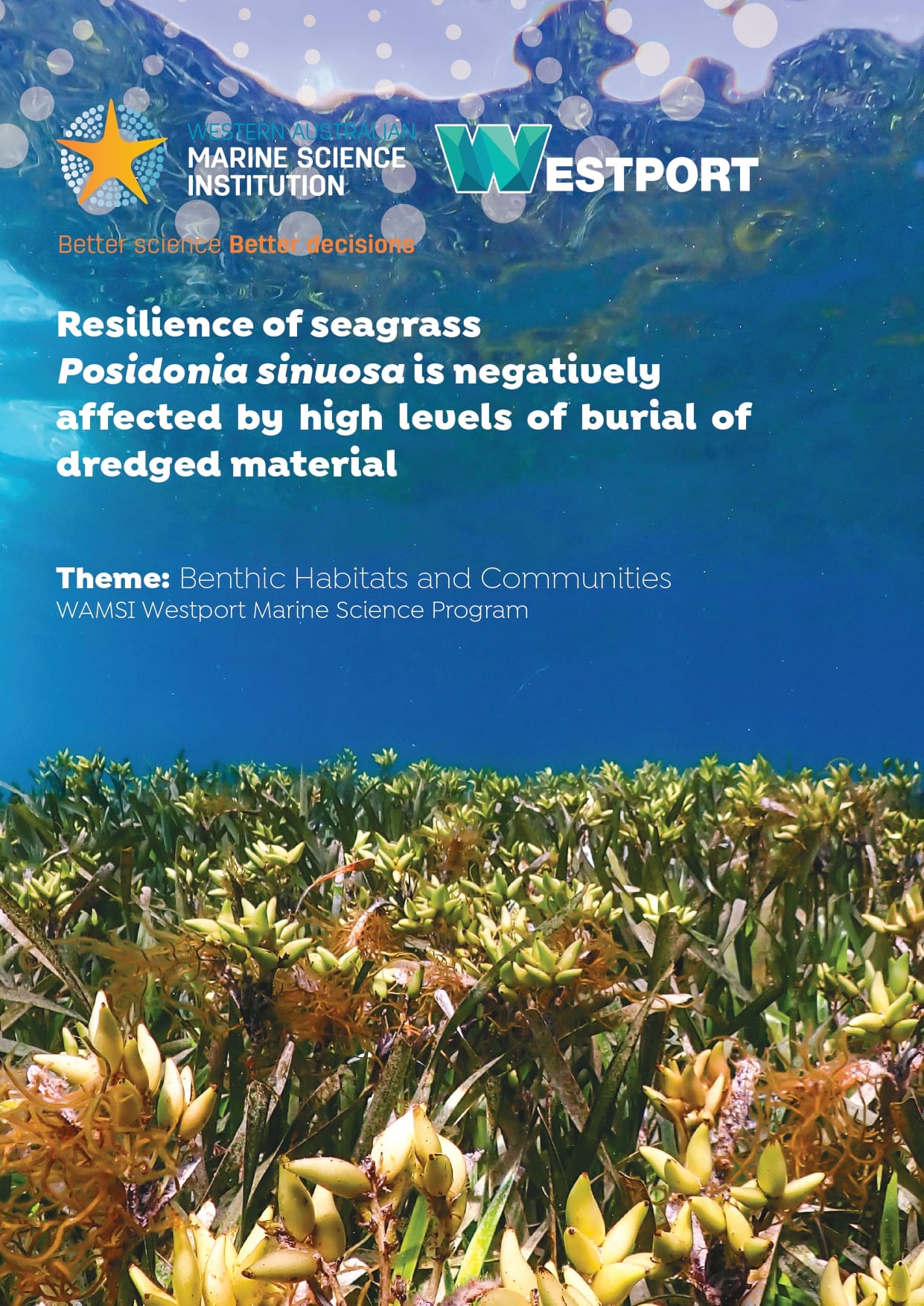
Resilience of seagrass Posidonia sinuosa is negatively affected by high levels of burial of dredged material
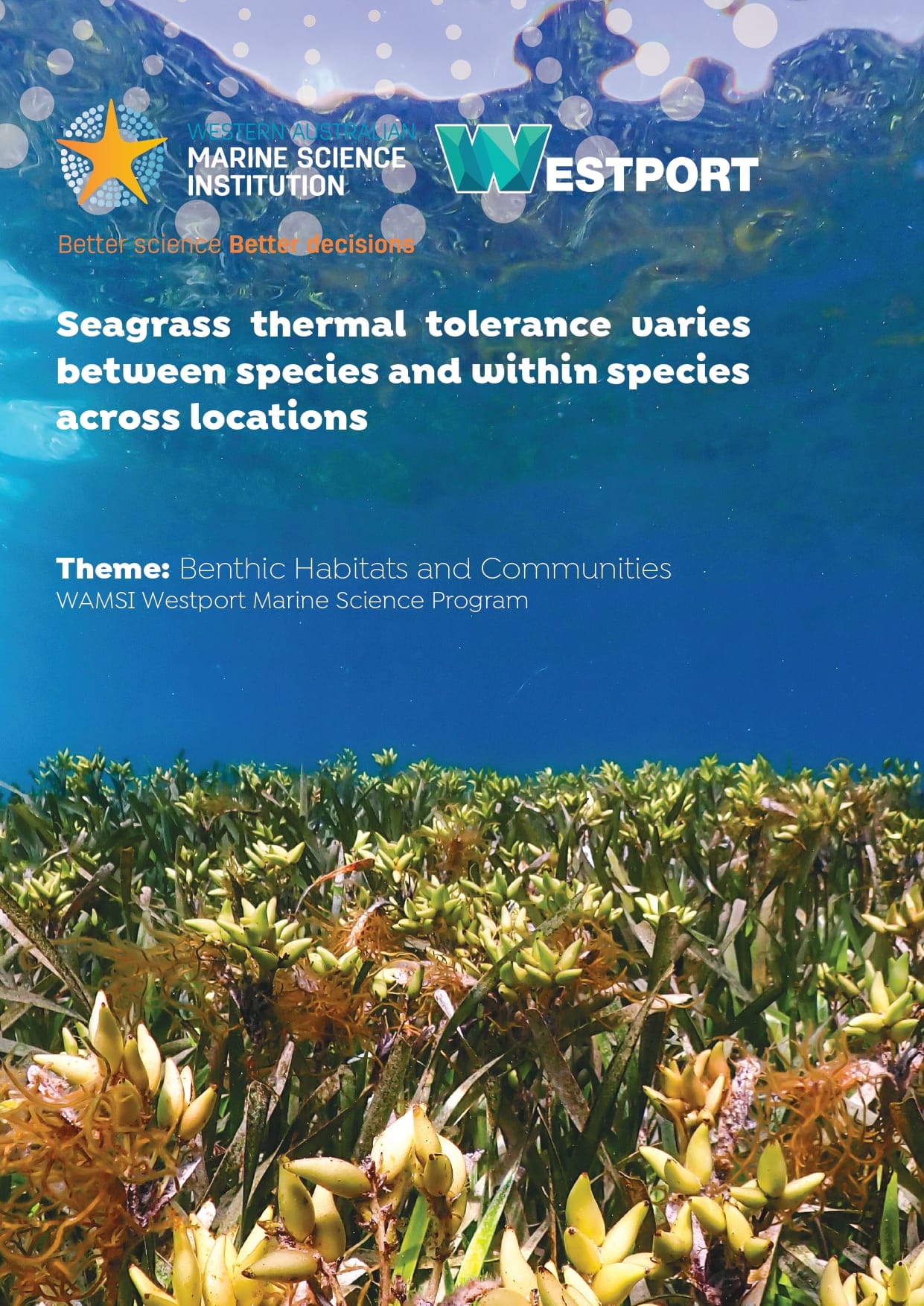
Seagrass thermal tolerance varies between species and within species across locations
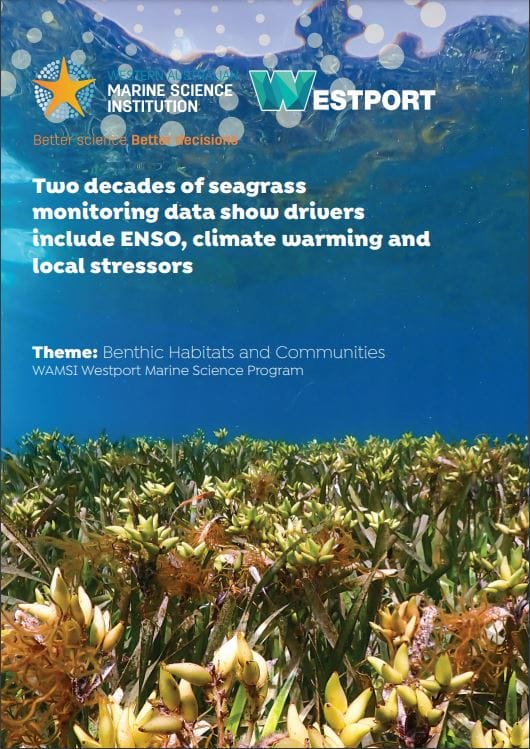
Two decades of seagrass monitoring data shows drivers include ENSO, climate warming and local stressors
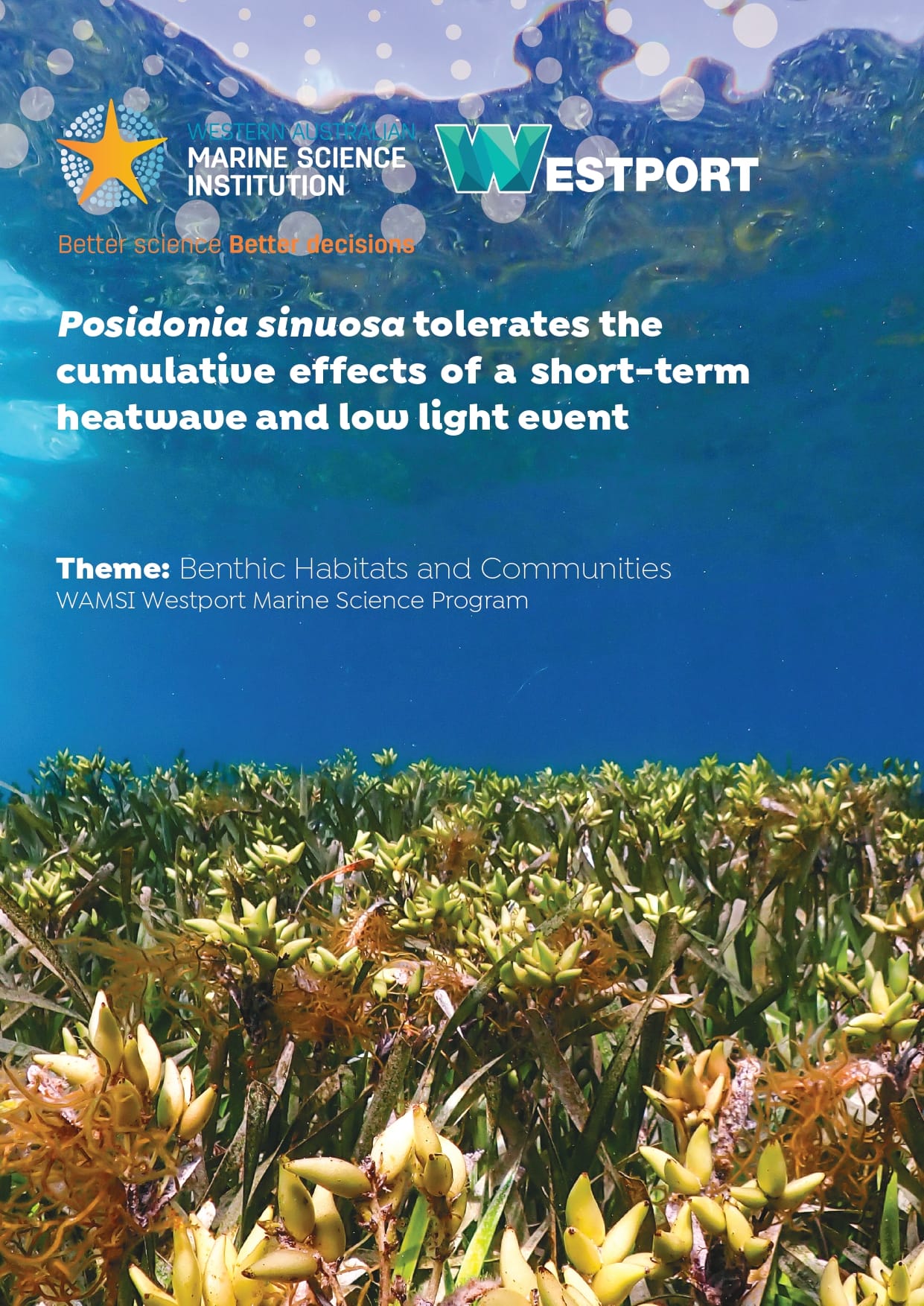
Posidonia sinuosa tolerates the cumulative effects of a short-term heatwave and low light event
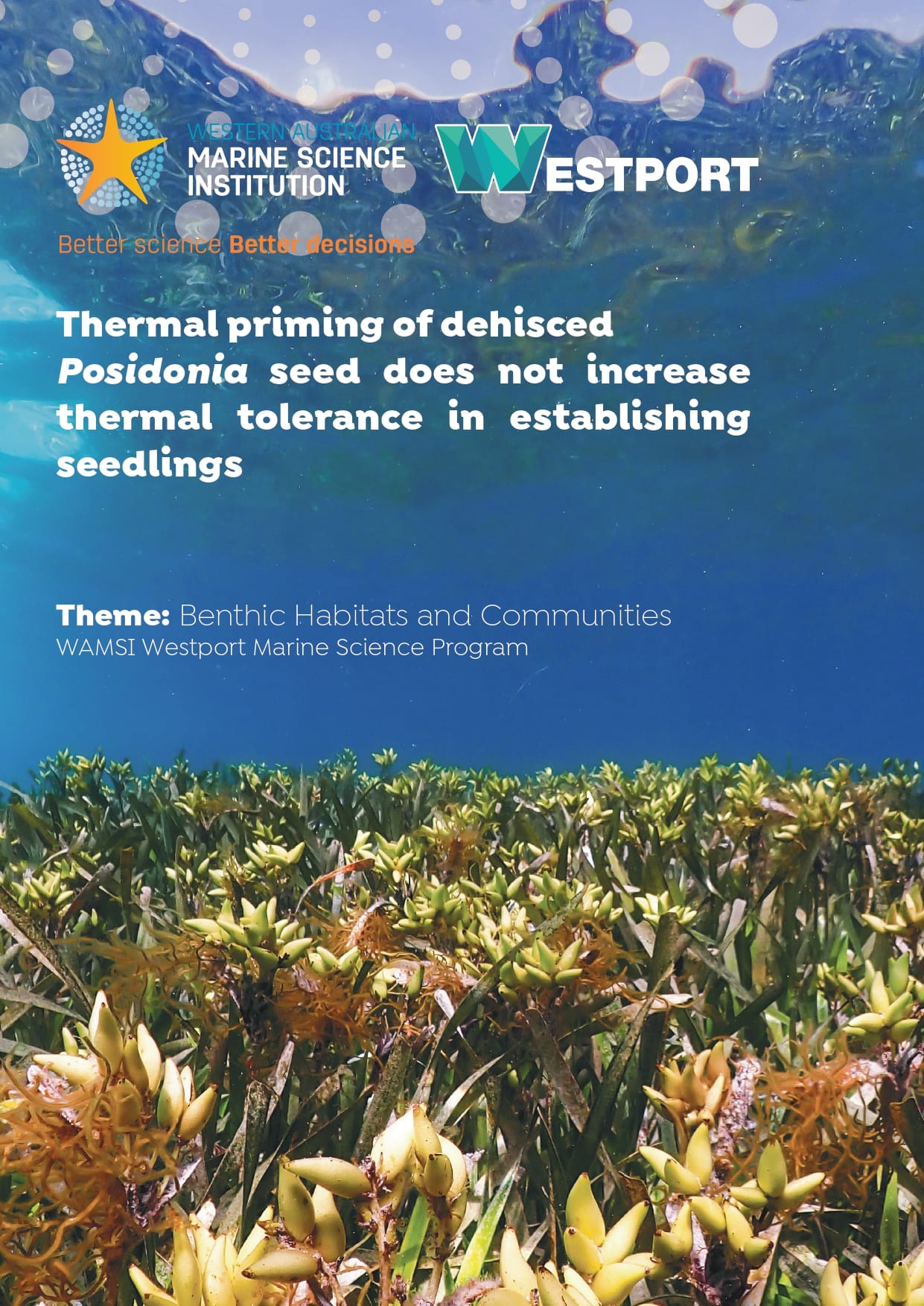
Thermal priming of dehisced Posidonia seed does not increase thermal tolerance in establishing seedlings
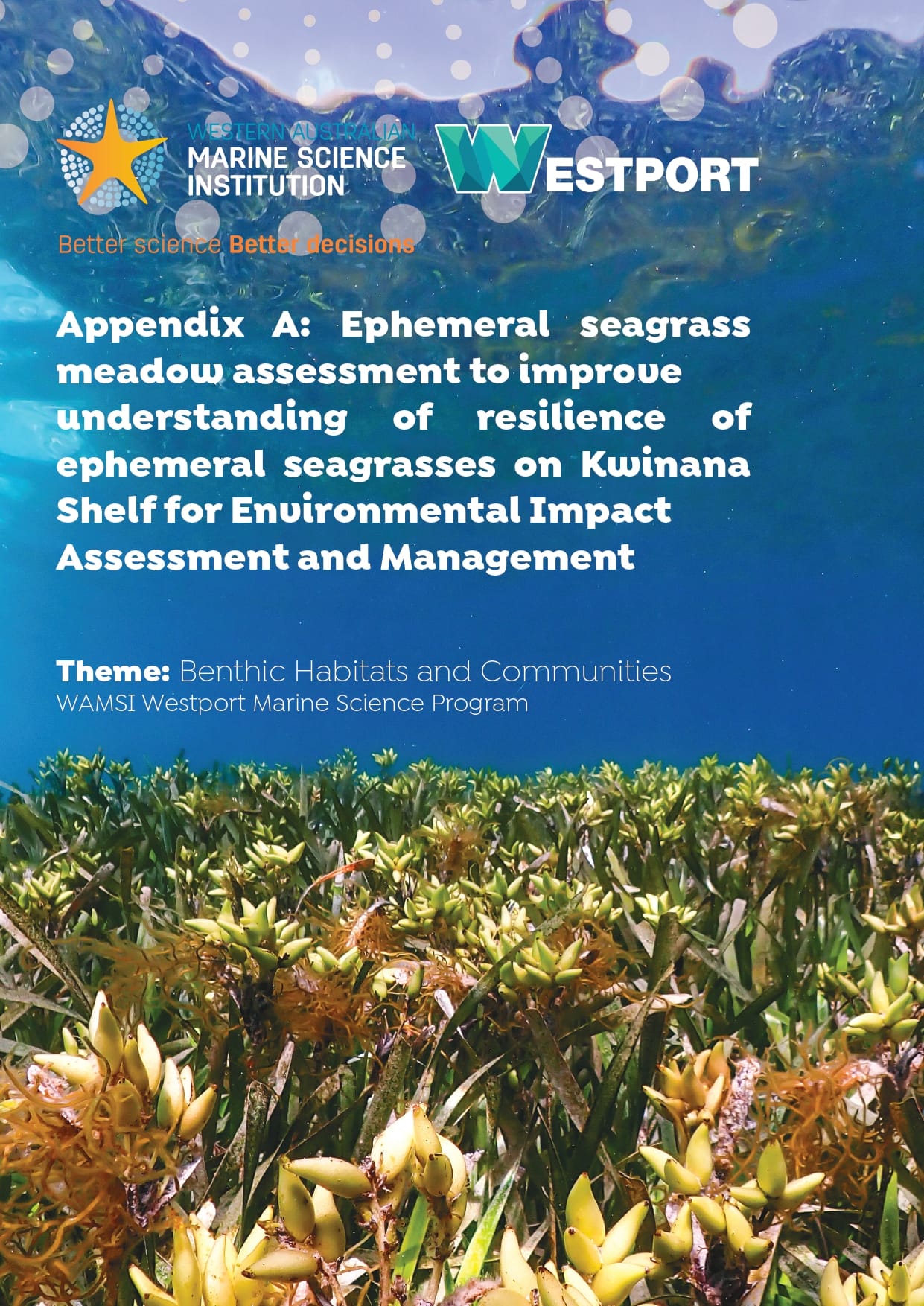
Appendix A: Ephemeral seagrass meadow assessment to improve understanding of resilience of ephemeral seagrasses on Kwinana Shelf for Environmental Impact Assessment and Management
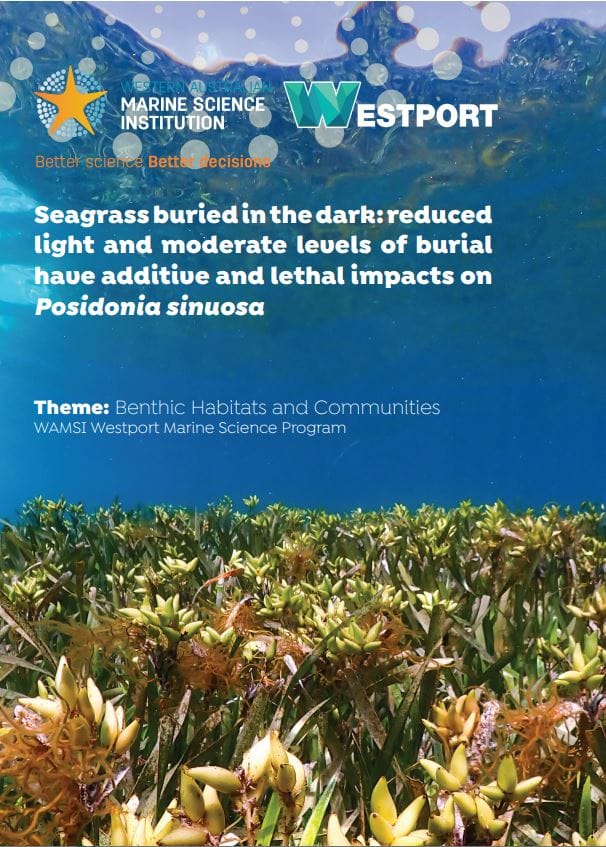
Seagrass buried in the dark: reduced light and moderate levels of burial have additive and lethal impacts on Posidonia sinuosa
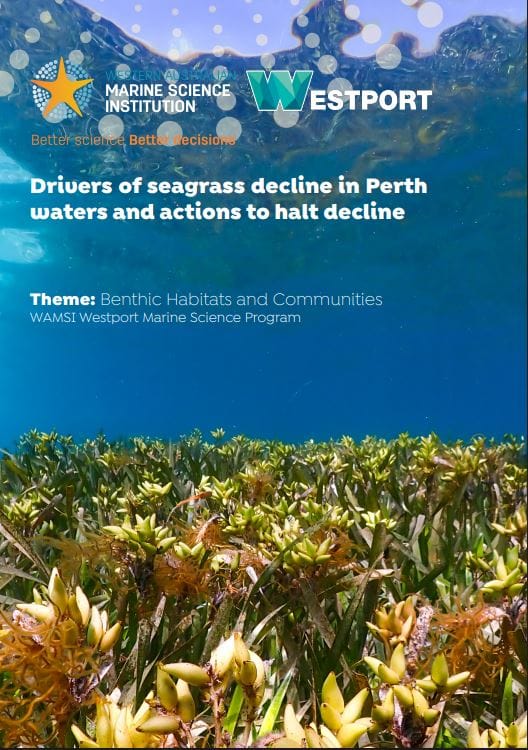
Drivers of seagrass decline in Perth waters and actions to halt decline
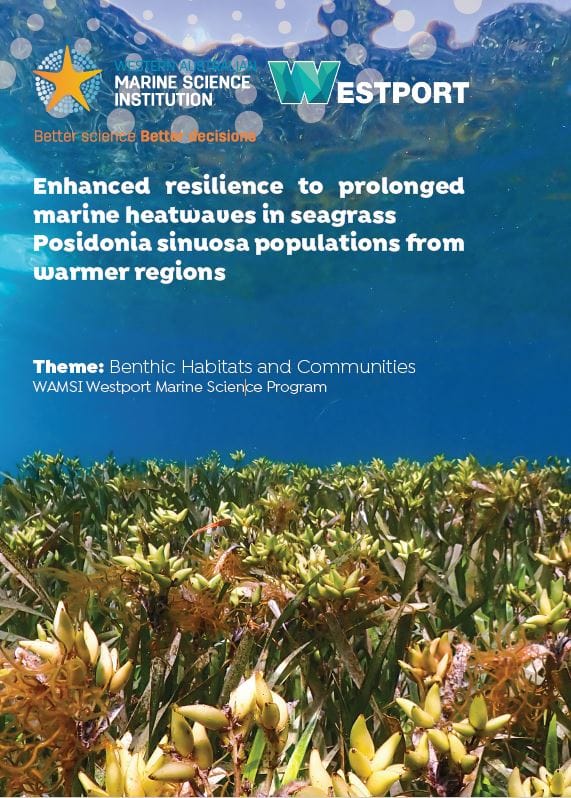
Enhanced resilience to prolonged marine heatwaves in Posidonia sinuosa seagrass populations from warmer regions
Project Outputs
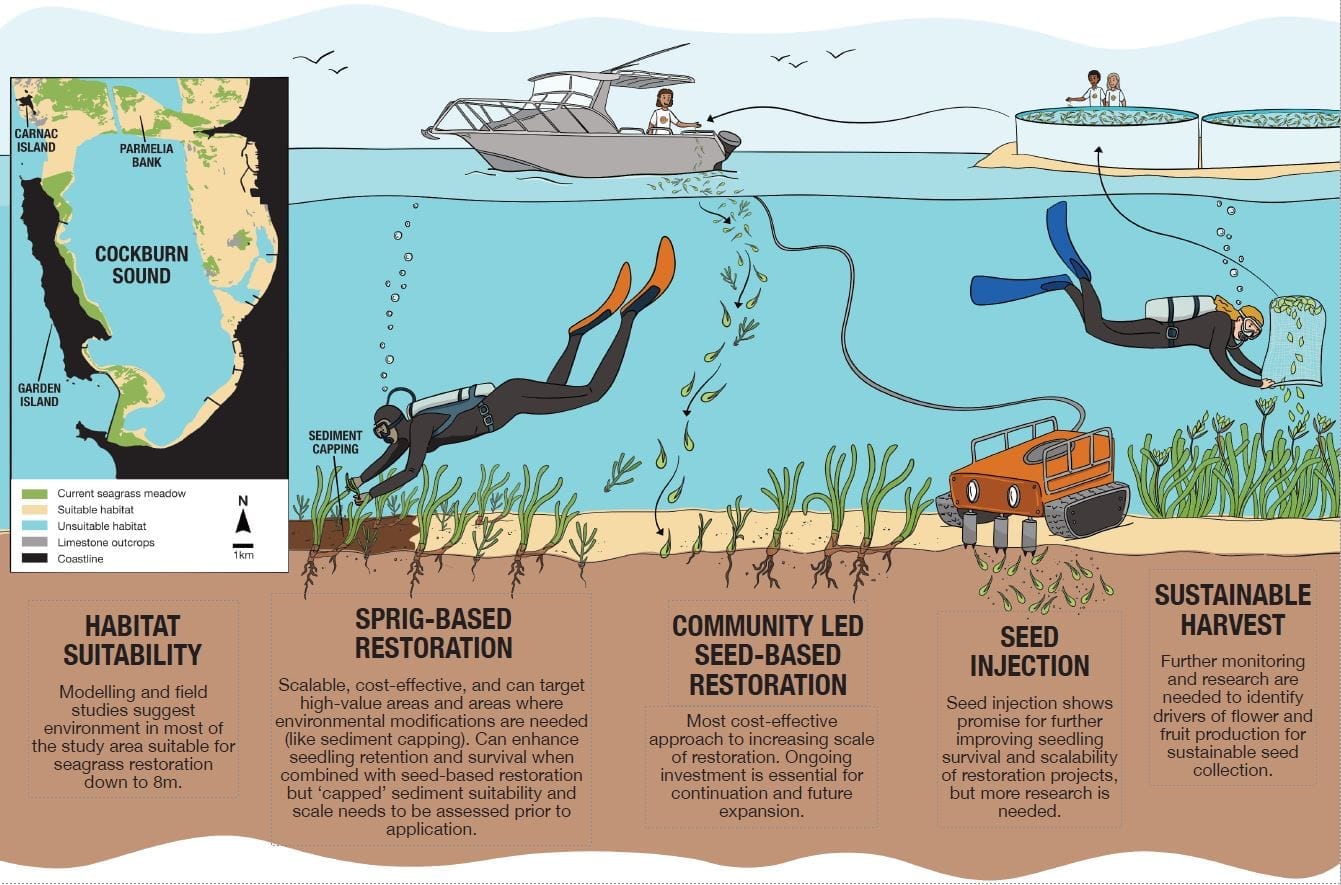
Seagrass restoration in Cockburn Sound
The seagrass restoration project aimed to enhance our ability to restore seagrasses across Cockburn Sound and Owen Anchorage to address historical and contemporary losses due to dredging and port infrastructure and improve ecosystem resilience in the region.
Extensive literature reviews, field studies and modelling scenarios were completed to assess the effectiveness of various seagrass restoration methods in the area.
Filling knowledge gaps with benthic habitat maps

Gallery
